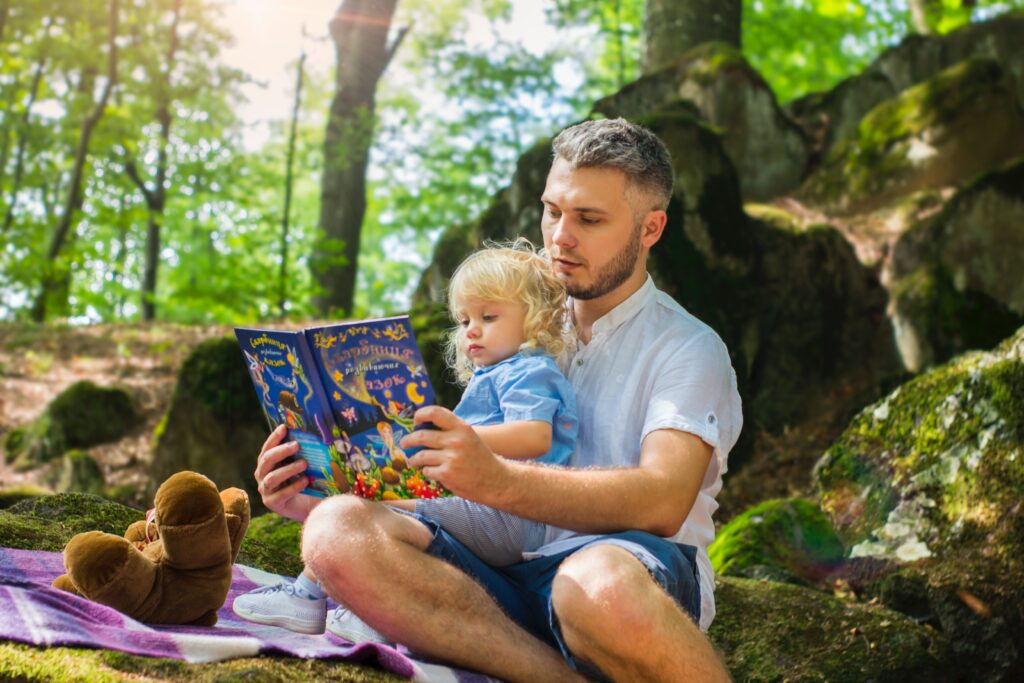
Books are akin to miniature universes, filled with stories and lessons that can shape young minds in myriad ways. However, the quest can seem daunting when answering the question, “How to find diverse and inclusive books for your kids?”. Diversity and inclusivity in literature are instrumental in fostering empathy and broadening horizons. To help you find the best books for your kids, we’ve consulted an award-winning children’s book author and asked for her expert advice. So let’s explore how to navigate this challenge together and build an enriching reading list for your young ones.
Beyond The Pages: The Power Of Inclusive Books
Books for children serve as more than just a distraction. They’re stepping stones to critical thinking, empathy, and a love for learning. But let’s face it; not all books are created equal. In an increasingly interconnected world, it’s essential to find diverse and inclusive books for your kids.
This task may feel challenging, but the reward—a broader, more accepting worldview for your child—is well worth the effort. The diverse world within these pages can inspire curiosity, spark conversations, and plant seeds of understanding early in life. So let’s find out how to find diverse and inclusive books!
Author Authenticity: An Essential Guidepost
When looking for diverse and inclusive books for your children, a great starting point is to pay attention to the author’s background. Representation in literature isn’t just about the characters on the pages; it extends to the people crafting those stories. Authors from the cultures, countries, or communities they write about can offer narratives imbued with the nuance and authenticity of personal experience. These narratives become a conduit for children to experience different cultures, perspectives, and experiences meaningfully.
A good example is Grace Lin, an Asian-American author whose book “Where the Mountain Meets the Moon” masterfully weaves together elements of her own heritage into an enchanting, relatable, enlightening, and enlightening narrative.
The Art Of Review Reading: Discovering Books Through Others’ Perspectives
Online book reviews have become a treasure trove of insight in our digital age. They provide glimpses into a book’s theme, language, and values, thus, proving invaluable in your quest for diverse and inclusive books. Book review platforms like Goodreads or Common Sense Media are hubs where parents, educators, and young readers share their opinions and recommendations.
When reading reviews, consider comments on character representation, cultural authenticity, and inclusive themes. That can clearly indicate whether a book successfully embraces diversity and inclusivity.
Harnessing Local Wisdom: The Power of Libraries And Bookstores
The search for diverse and inclusive books for your kids can often feel like looking for a needle in a haystack. However, librarians and bookstore employees can be your compass in this pursuit. With their in-depth knowledge and understanding of books, they can help guide you to titles that feature inclusive and diverse narratives. Be sure to communicate what you’re seeking clearly: books that educate and entertain, offering a mirror into the world’s myriad cultures, identities, and experiences.
Find Diverse And Inclusive Books For Your Kids Through Online Resources And Lists
The internet provides resources to help you find books for your kids. Websites such as We Need Diverse Books and Diverse BookFinder have taken up the cause to promote and share literature that accurately represents and honors the lives of all young people.

These platforms offer curated lists, spotlighting books encompassing various experiences, cultures, and identities. By tapping into these online resources, you can make the task of finding diverse books less overwhelming and more fruitful.
Community Connections: Book Clubs And Reading Groups
Joining book clubs or reading groups—either in-person or online—provides another avenue to discover diverse and inclusive titles for children. These communities often host discussions about various books, allowing you to gain insights into a book’s inclusivity and representation based on others’ experiences.
Recommendations from parents and educators who share your commitment to inclusive literature can help you unearth lesser-known titles that still pack a punch in terms of diversity and representation.
Safeguarding Stories: The Importance Of Book Storage
One must also consider proper storage to build a rich, diverse library. A well-built bookshelf is a showcase and protector for your children’s books.
In addition to arranging them in a manner that invites exploration, ensure they are stored properly to keep your books safe and well-preserved. This way, these stories—especially the ones promoting diversity and inclusivity—can continue to educate and inspire even after your child has outgrown them, whether it’s for younger siblings or future generations.
Beyond The Cover: Interactive Reading
Finding diverse and inclusive books doesn’t end when the books are on the shelf. It’s essential to engage with your child during reading sessions actively.

Encourage dialogues about the narratives, ask open-ended questions, and foster a sense of curiosity and understanding towards the diverse characters and their experiences. This interactive approach to reading promotes comprehension and helps your child develop empathy and a wider worldview.
Closing The Book: Empowering Future Generations
In the quest to find diverse and inclusive books for your kids, you’re not just building a library but nurturing an empathetic, understanding, and curious generation. So, keep exploring, reading, and discussing. Every book is an opportunity to teach your child about the beauty of diversity and the strength of inclusivity. Wait no more but start looking and choose the best books for your kids to spark their imagination while teaching them important values
